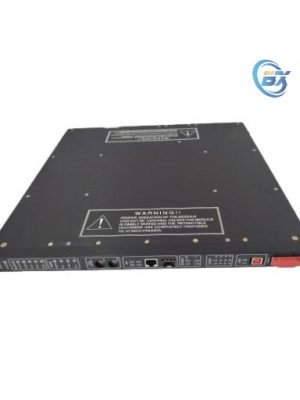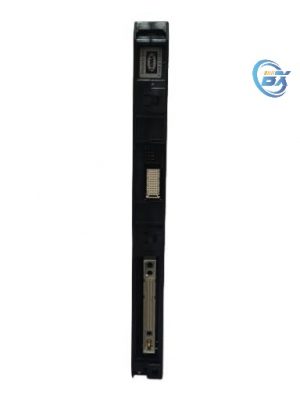TRICONEX DI3361 is a high-performance discrete input module used for collecting and processing digital input signals in industrial automation control systems. It is an important component of the TRICONEX Safety Instrumented System (SIS), which can provide reliable input signal monitoring and processing functions for the system.
Description
Functional Features
High reliability: Adopting redundant design and fault safety mechanism to ensure stable operation in harsh industrial environments, it can effectively prevent system failure caused by single point failures and meet the high reliability requirements of safety related systems.
Multiple input types support: It can receive various types of discrete input signals, including dry contacts, wet contacts, and TTL level signals, to meet the connection requirements of different types of field devices and sensors.
High speed input processing: With fast signal acquisition and processing capabilities, it can timely and accurately capture changes in input signals, meeting the high real-time requirements of industrial control application scenarios.
Powerful diagnostic function: Built in comprehensive self diagnostic function, which can monitor the working status of the module in real time, including power failure, channel failure, communication failure, etc., and send detailed diagnostic information to the control system through status indicator lights and communication interfaces, facilitating maintenance personnel to quickly locate and troubleshoot faults.
technical specifications
Number of input channels: typically 16 channels, capable of simultaneously connecting 16 discrete input signal sources.
Input signal voltage range: For example, for dry contact input, the acceptable voltage range is generally 24V DC ± 20%; For wet contact inputs, the applicable voltage range may be 5-240V AC/DC, etc., depending on the product specifications.
Input current: The input current of each channel is usually in the milliampere range, for example, in dry contact input, the typical current is a few milliamps.
Signal isolation: Optoelectronic isolation technology is used between channels and between input signals and internal circuits of modules. The isolation voltage can generally reach several thousand volts, effectively preventing signal interference and electrical noise propagation, and improving the stability and anti-interference ability of the system.
Response time: Fast response time, usually in milliseconds, can quickly transmit changes in input signals to the control system, ensuring timely response to on-site events.
physical property
Size: Designed according to standard industrial module dimensions, it is easy to install in various industrial control cabinets or racks. The width, height, and depth usually range from tens of millimeters to over a hundred millimeters, and the specific size is subject to the actual product.
Weight: The weight is relatively light, usually around a few hundred grams, which is convenient for installation and maintenance personnel to operate.
Environmental requirements
Working temperature range: generally -40 ℃ to 85 ℃, able to adapt to a wide range of temperature changes in industrial sites, and can work stably in both cold outdoor environments and high-temperature industrial workshops.
Humidity range: It can operate normally in an environment with a relative humidity of 5% -95% RH (without condensation) and has a certain tolerance to humid environments.



Reviews
There are no reviews yet.